Acrylic Painting on Canvas Team Bonding Art Jamming Singapore Visual Arts Centre
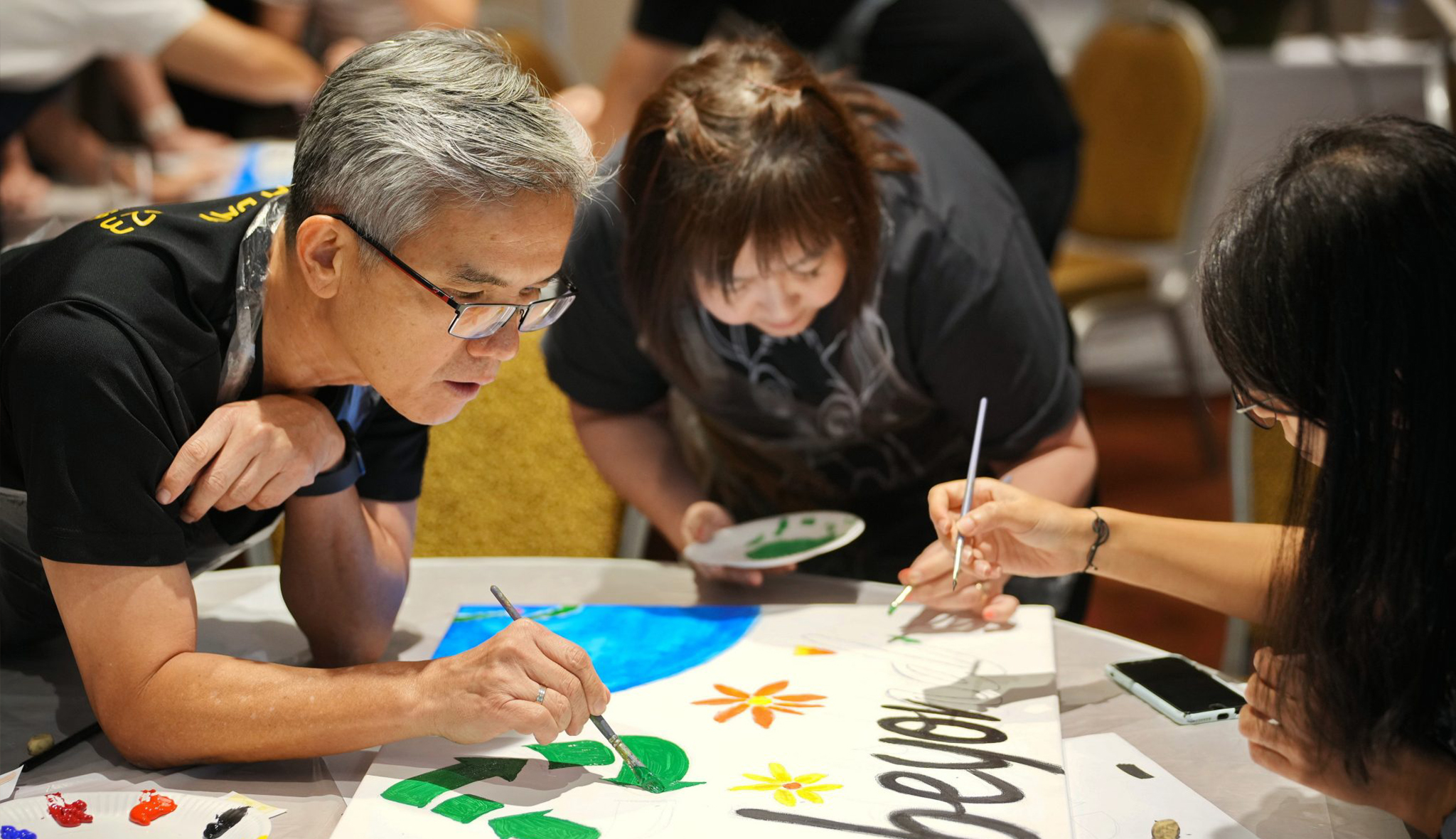
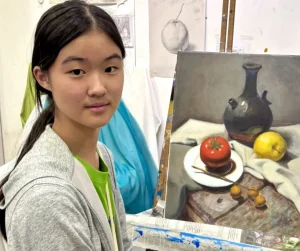






















Yeo Hoe Koon
Oil on Canvas
64 x 89.5 cm
Price Range: $16,000 - $20,000

Yeo Hoe Koon
Oil on Canvas
101 x 123 cm
Price Range: $26,000 - $32,000
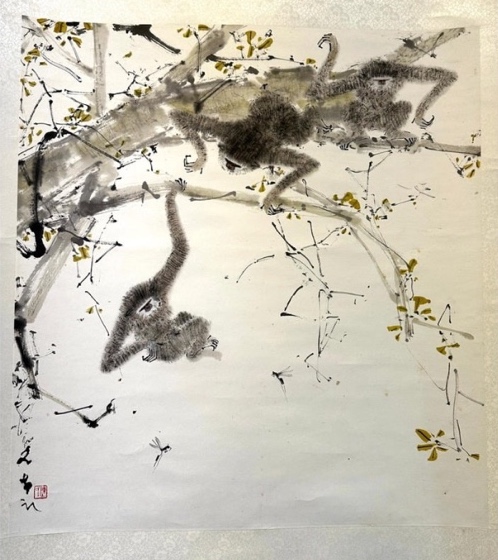
Chen Wen Hsi
Chinese Ink and Color on Paper
50 x 54cm
Price Range: SGD $42,000 - $50,000
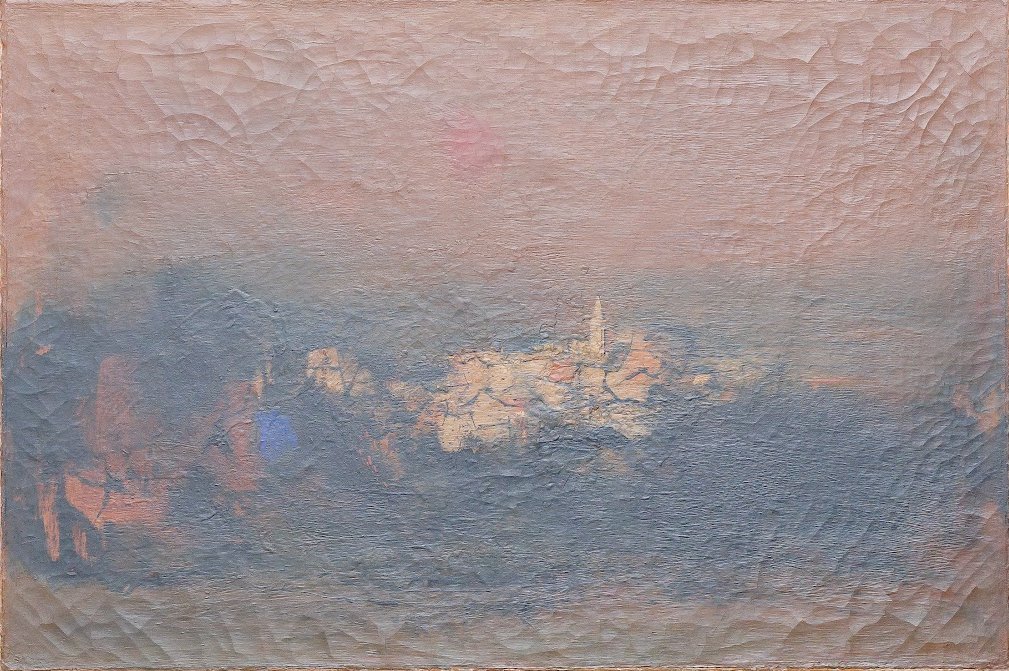
Cheong Soo Pieng
Red Tone
61 x 91.5cm
Price Range: SGD $108,000 - $138,000
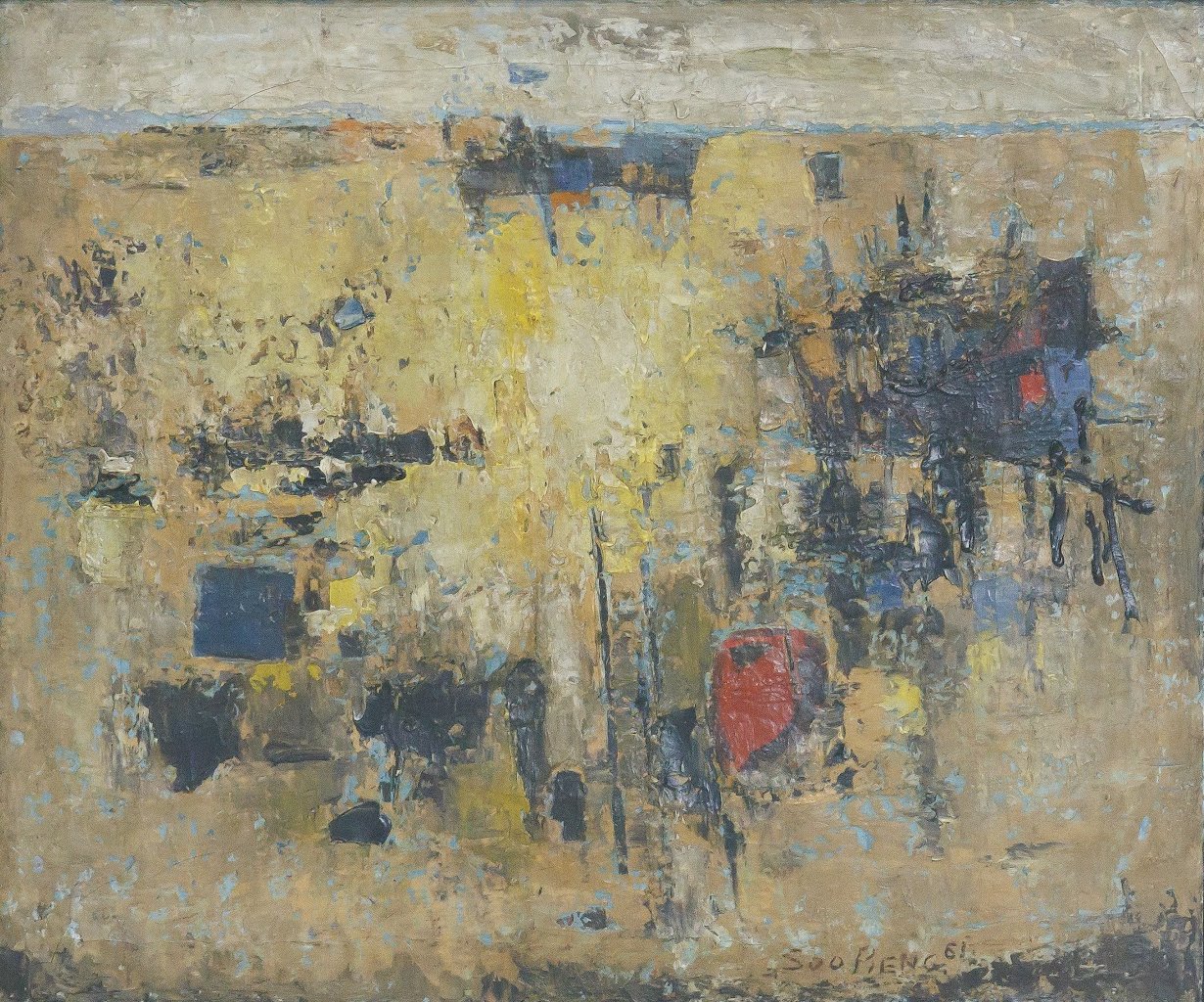
Cheong Soo Pieng
Abstract Landscape
50 x 61cm
Price Range: SGD $95,000 -$128,000
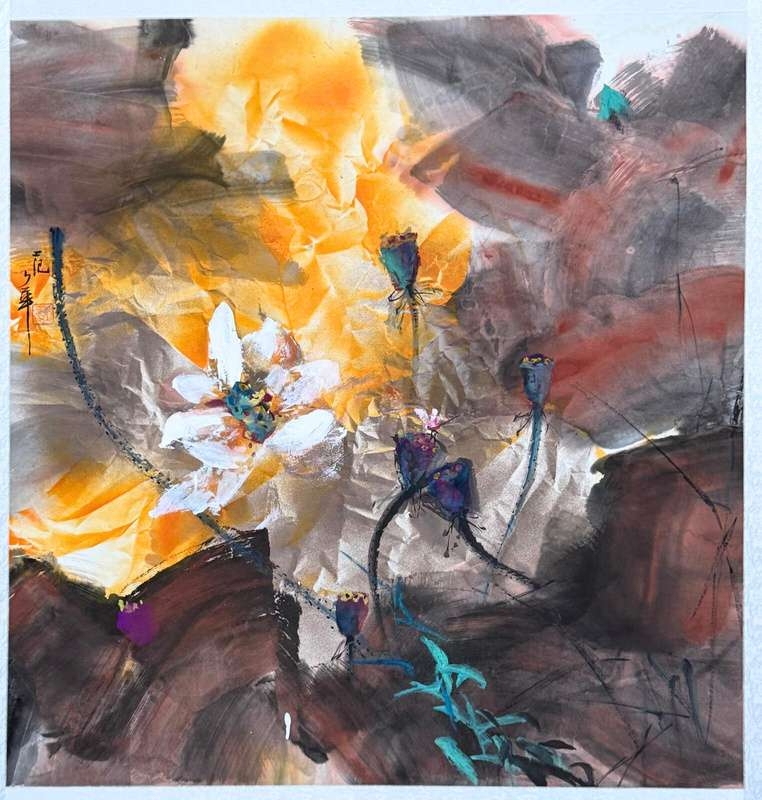
Fan Shao Hua
Chinese Ink and Colour on Paper
100 x 100cm
Price Range: SGD $9,800 - $14,800
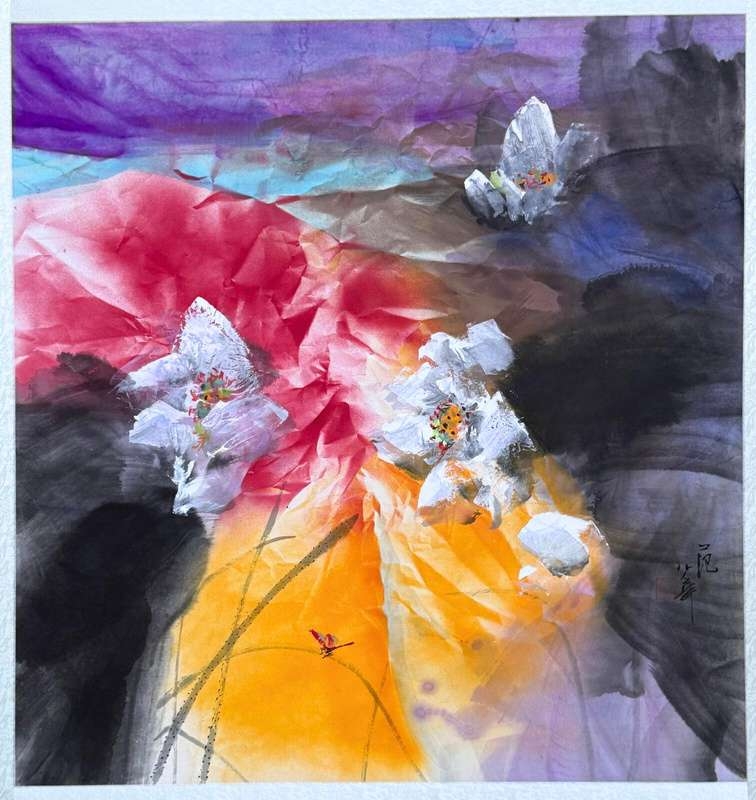
Fan Shao Hua
Chinese Ink and Colour on Paper
100 x 100cm
Price Range: SGD $8,800 - $13,800

如果您想学习蜡染,那么现在您可以来新加坡视觉艺术中心参加我们的蜡染课程和专属工作坊,发现蜡染画独特的吸引力!我们的蜡染课程和工作坊面对零经验的新手,将带您全面了解这个古老的艺术形式,为您介绍蜡染画背后的技术以及丰富历史。
如果您想创造机会与朋友、家人或同事们一起进行艺术创造,那参加我们的蜡染画工作坊就再适合不过了。新加坡视觉艺术中心提供专业的指导,帮助您和您的同伴创作出第一无二的蜡染作品,例如手帕和大型壁画等。新加坡视觉艺术中心的蜡染画工作坊提供蜡染画所需的所有材料,希望您可以在新加坡视觉艺术中心展示您的创造力,并在结束后带走一幅杰作!

蜡染画大型壁画团建工作坊——可根据人数和主题定制活动
蜡染起源于印尼爪哇岛,是一种古老的艺术形式,在整个亚洲内都备受珍视。蜡染画不需要用到笔和纸,取而代之的是蜡和布料。您需要先使用铅笔勾勒出所需设计的草图;然后,您用装满热融化蜡的蜡漏斗(tjanting)作为您的画笔,沿着布料上的图案轨迹进行勾勒。蜡染独特的工艺涉及到蜡阻染色技术。人们会用一种独特的工具(canting)将热蜡涂抹到织物,蜡阻止染料进入织物,从而使得复杂的图案和设计得以展现。一旦完成所需设计,织物就会被浸入沸水中或用熨斗加热,以去除蜡。最后,把布料展开就会得到绚丽的色彩和精美的图案。这种蜡染艺术形式被称为 batik tulis,意思是用蜡漏斗代替笔来书写。从这种蜡染的方法中,您可以观察到蜡流动的形状变化。

参加者们设计他们专属的蜡染丝巾
在新加坡视觉艺术中心的蜡染画课程和工作坊,您将在我们专业的蜡染老师的带领下接触蜡染艺术。我们的老师会逐步介绍和示范如何使用蜡,细心指导学生以创作出您所心目中的的蜡染作品。


蜡染老师向学生们介绍蜡染工具

学生们自己动手进行蜡染
蜡染画是东南亚独特的文化遗产,简单上手,任何人都可以使用这种艺术形式创作出美丽的作品。如果您和您的同伴没有任何艺术背景和经验也完全不需要担心。蜡染画课程和工作坊不需要参加者有任何艺术方面的知识,只要您对这个主题有热情和兴趣,我们的课程和工作坊随时欢迎您!


参加者们展示他们的蜡染作品

赶快邀请您世界各地的伙伴来试试我们的蜡染大型壁画吧!每个人还可以带走一块手绢作为纪念品哦!

学生们在老师的指导后独自进行艺术创作

参加者们各自完成属于自己的蜡染画作品

Address:
10 Penang Road, #01-02 Dhoby Ghaut Green,
Singapore 238469
Exit from Dhoby Ghaut MRT Station Exit B and turn left, we are there in 30m!

Address:
AZ@Paya Lebar, 140 Paya Lebar Road, #03-04,
Singapore 409105
Exit from Macpherson MRT Station Exit A and turn left, we are right across the road, 1 minute walk away!
Click and get to our WhatsApp
Embark on a captivating journey into the vibrant world of digital art! Our Foundation in Digital Art workshop invites budding creatives aged nine and above to unleash their imagination and hone their artistic skills in a dynamic, supportive environment. From mastering basic digital tools to crafting mesmerizing digital masterpieces, children will explore a spectrum of techniques guided by seasoned mentors. Through hands-on activities and interactive sessions, participants will discover the endless possibilities of digital expression while fostering creativity and critical thinking. Join us for an exhilarating adventure where young artists transform ideas into stunning visual realities, igniting a passion for digital art
In the Batik Introduction Handkerchief Painting workshop, participants will learn the traditional art of batik, a wax-resist dyeing technique originating from Indonesia. The workshop begins with a brief history and overview of batik, highlighting its cultural significance and various techniques. Participants will then observe a demonstration of applying wax with tjanting tools and dyeing the fabric. Following the demonstration, each participant will design and create their own batik handkerchief, applying wax to create patterns and then dyeing their fabric. The workshop concludes with a group discussion, allowing participants to share their creations and reflect on their learning experience.